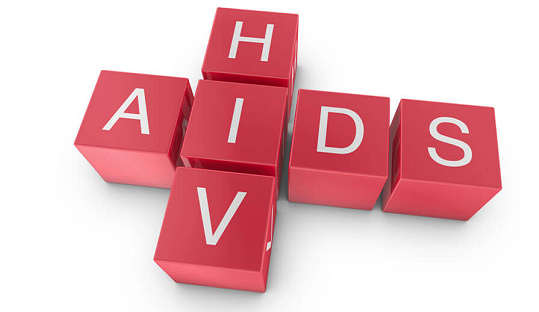
The United Nations Children’s Fund (UNICEF) observes that although strides have been made in the HIV response, children are still affected by the epidemic.
Pediatric HIV is the infection of HIV in neonates, children and adolescents. Globally, approximately 1.8 million children and adolescents below 15 years are said to be living with the disease, with 91 per cent of them residing in sub-Saharan Africa. As of 2021, roughly 14.9 million children under 18 had lost one or both parents to AIDS-related causes. Millions more have been affected by the epidemic through a heightened risk of poverty, homelessness, school dropout, discrimination and loss of opportunities, as well as COVID-19. These hardships the UNICEF says include prolonged illness and death. Of the estimated 650,000 people who died of AIDS-related illnesses in 2021, UNICEF further reveals that 110,000 or approximately 17 per cent were children under 20 years. In Ghana, as of 2017, about 33,000 children were living with HIV and AIDS, majority of them infected by mother-to-child transmission. In 2019, there were 19,931 cases of new HIV infections, with 3,317 of them being children. However, the estimated number of annual AIDS deaths was 14,181, out of which 2,769 were children aged zero to 14 years. The Ghana AIDS Commission (GAC) records that in 2019 alone, 2,791 babies were born HIV positive. Also, from the 2018 national estimates, the estimated number of people living with HIV and AIDS was 334,713, out of which 29,514, that is 8.8 per cent, were children between the ages of zero and 14 years. There were also 19,931 cases of new HIV infections, with 3,317 of them being children. However, the estimated number of annual AIDS deaths was 14,181, out of which 2,769 were children aged zero to 14 years.
According to the National STIs and AIDS Control Programme (NACP), the HIV population among children aged one to four years was 7,699 in 2020, while new infections in children of the same age group in 2021 were 443.
As a country, Ghana has, over the years, increased the number of health facilities providing services for the prevention of mother-to-child transmission (PMTCT) of HIV by 7.5 per cent, from 3,750 facilities in 2017 to 4,056 in 2018.
The PMTCT is the main strategy to reduce HIV transmission from HIV-infected mothers to infants.
The strategies being employed currently are said to be generating demand for PMTCT services, the provision of HIV testing services (HTS) for pregnant women and linking HIV-positive pregnant women to care and the provision of treatment, care and support for HIV-positive mothers and HIV-exposed infants (HEIs).
Today, HIV treatment is far advanced. One or both parents living with HIV can still have babies who are HIV negative. There are medicines and formulations that suppress the virus and render it impotent called antiretroviral medicines (ARVs).
The number of pregnant women living with HIV who delivered and received ARVs in 2018 was 12,950, with approximately 87.5 per cent of them being newly initiated during their current pregnancy.
However, the estimated coverage of pregnant women living with HIV who received ARVs for preventing mother-to-child transmission was 78.9 per cent.
The ARVs are to help in the reduction of new HIV infections, but, according to the Programmes Manager of the NACP, Dr Stephen Ayisi Addo, pregnant women were not adhering to them.
He has, therefore, advised pregnant mothers to get tested for HIV during antenatal clinics (ANCs) for those who will test positive to be quickly put on treatment to prevent the transmission of the disease to their babies.
The Daily Graphic would want to identify itself with this advice, as it is vital that mothers who go for antenatal services ensure that they test to know their HIV status and enrol onto treatment, if tested positive, to ensure that no baby is born with HIV. This way, the nation can have a generation who will be free of HIV.
The paper also calls for continuous capacity building and training of health personnel to create awareness and the need for virological tests to be carried out for all HIV-exposed infants.
At all ANCs and health centres, pregnant women are offered prevention of mother-to-child transmission of HIV services in order to protect the mothers and their unborn babies and, therefore, the paper encourages all HIV-positive mothers to take full advantage of these services to ensure that their babies are born HIV free.